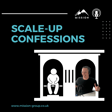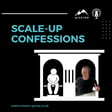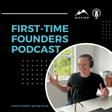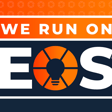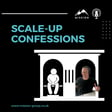
Rob's "Process, Practice & Peace" formula for a happier entrepreneurial life
In this episode of the First-time Founders Podcast, Rob explains his view that a happy entrepreneurial life rests on 3 pillars: process, practice and peace:
PROCESS - an overarching framework you're willing to believe in (how to be a good dad; what constitutes being a good husband; how to run a good company if you're a CEO; how to execute a golf swing etc :);
PRACTICE - committing to actually implement your chosen framework;
PEACE - a sincerely held belief in your inner goodness, that practice of your process will get you to where you're 'supposed to be' (and accepting that where you're supposed to be may not be where you think you want to be!);
and why lacking any one of the 3 often leads to frustration, stress or worse.
Interested listeners can reach Rob (https://www.linkedin.com/in/robertliddiard/) at Rob@mission-group.co.uk (or to book some free time, visit https://www.eosworldwide.com/rob-liddiard). Alternatively, if you’d prefer Rob to send you a free copy of Traction (the book by Gino Wickman which explains The Entrepreneurial Operating System) just complete the form here: https://www.eosworldwide.com/traction-giveaway?implementer_email=rob.liddiard@eosworldwide.com
